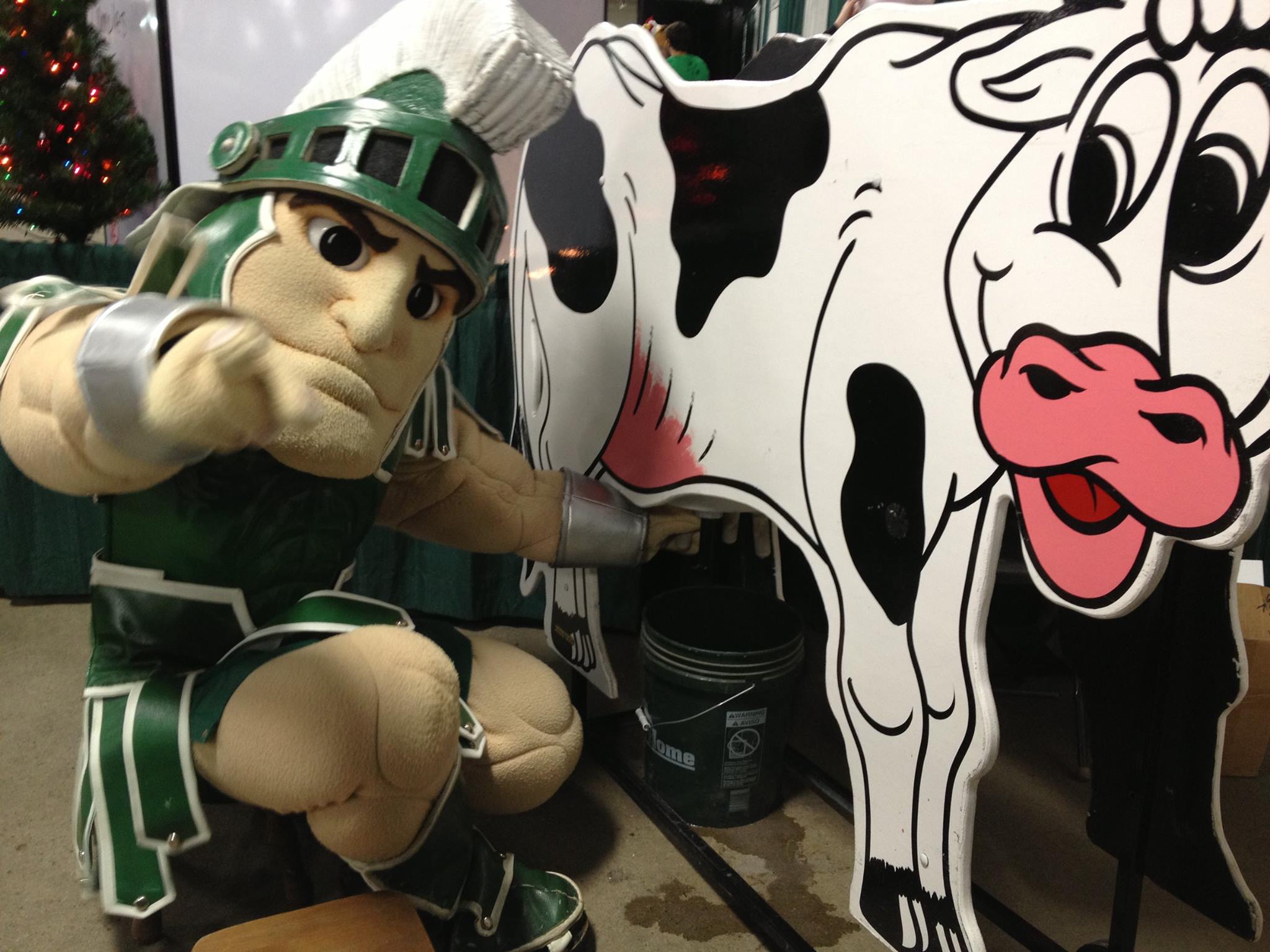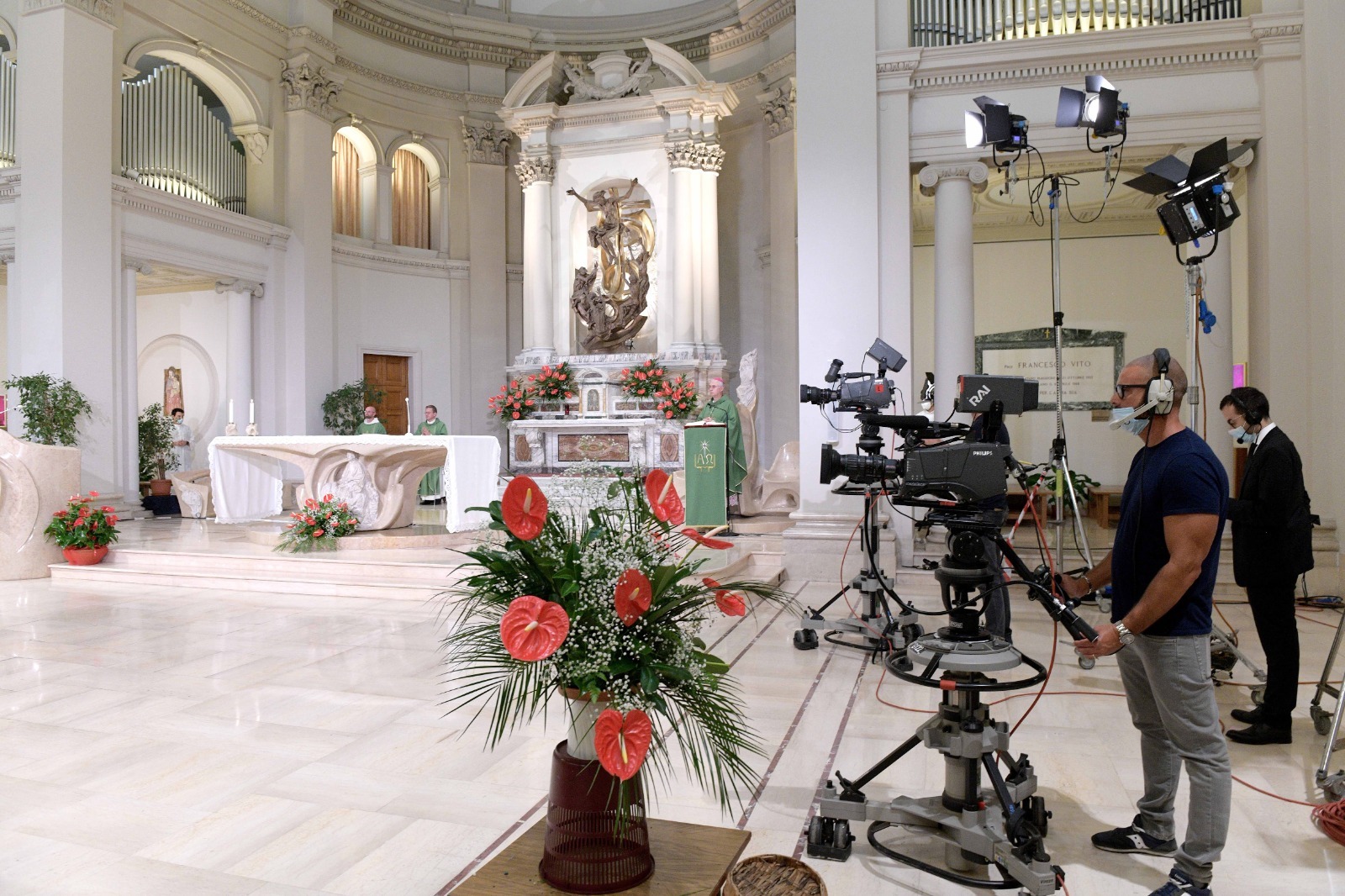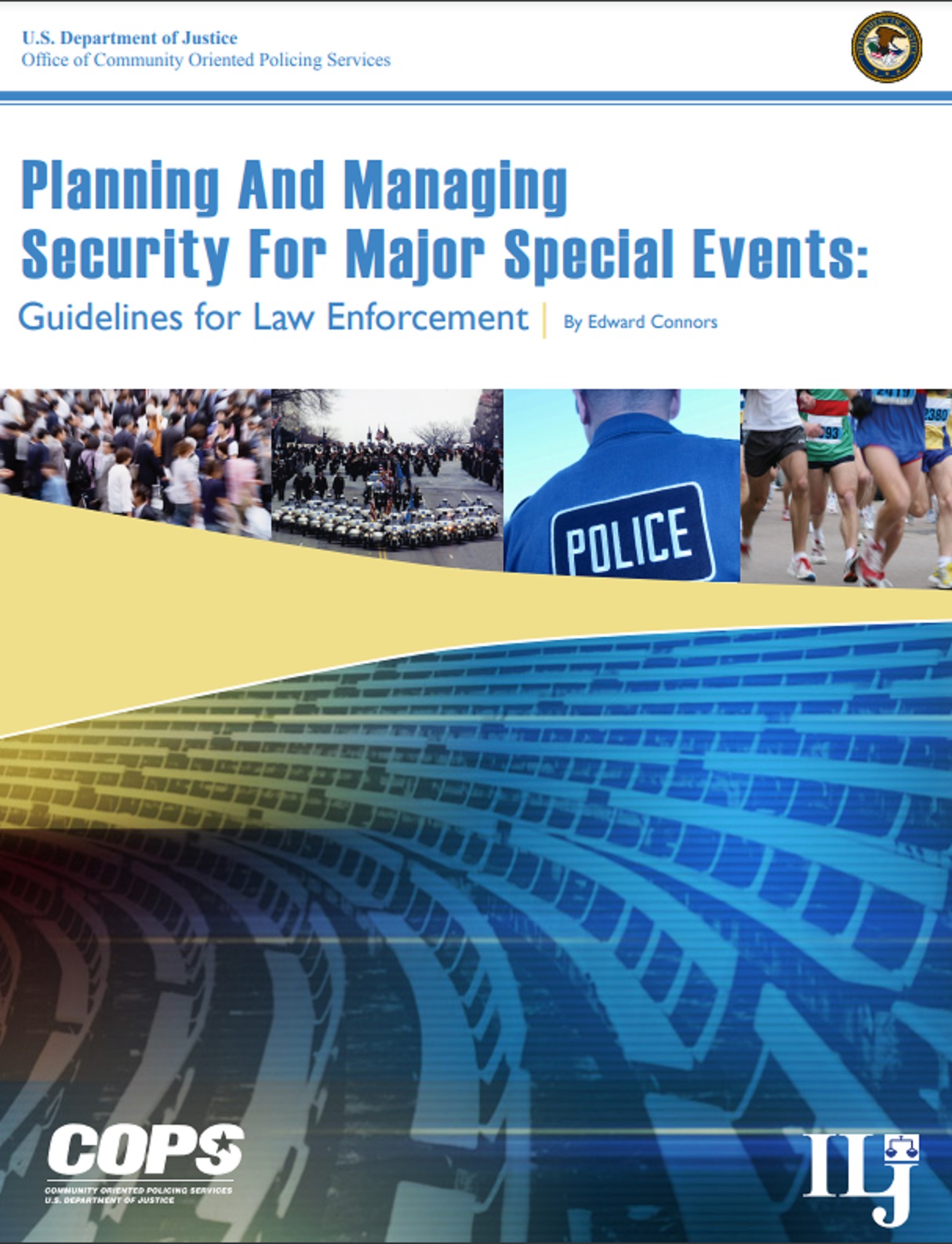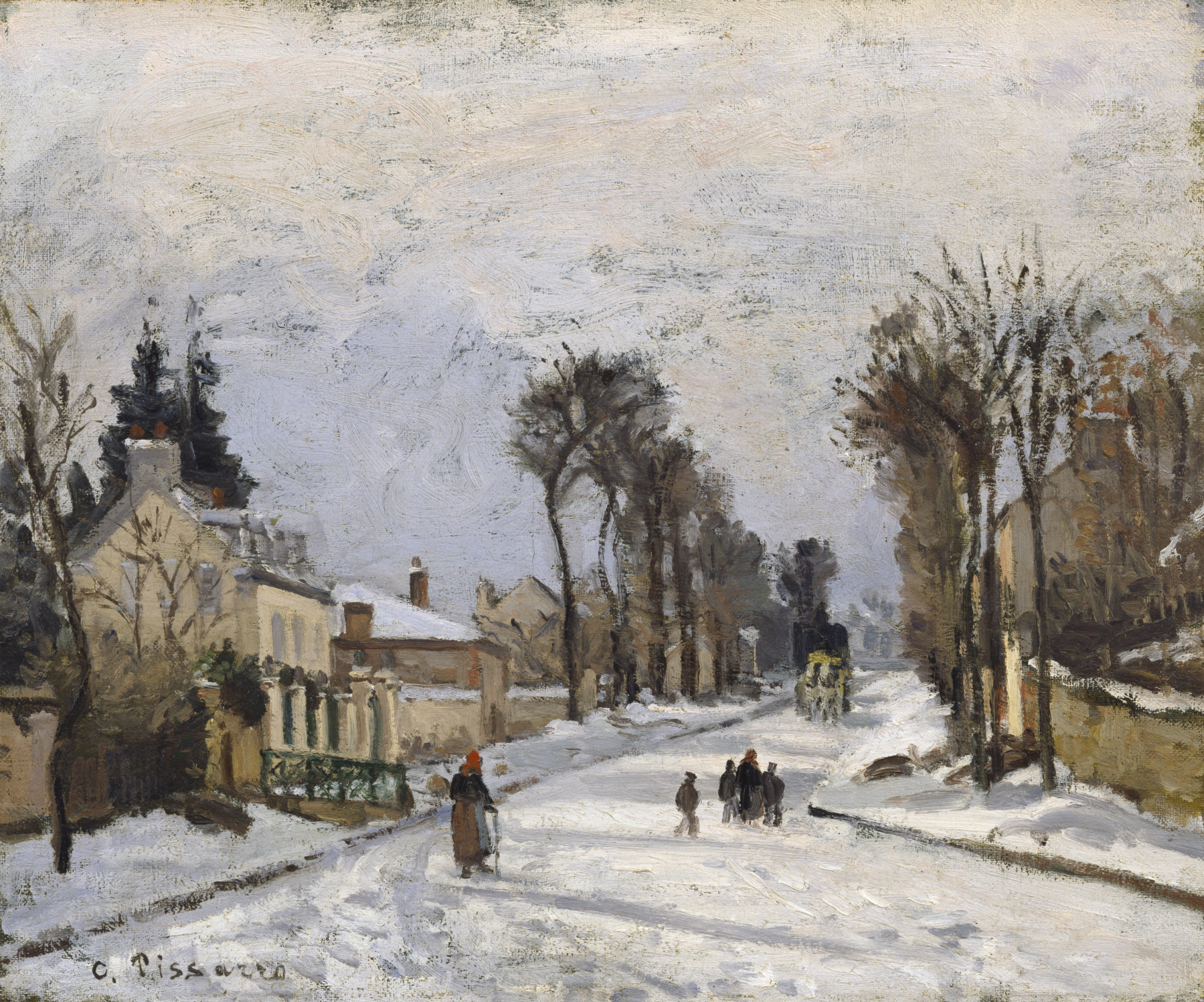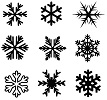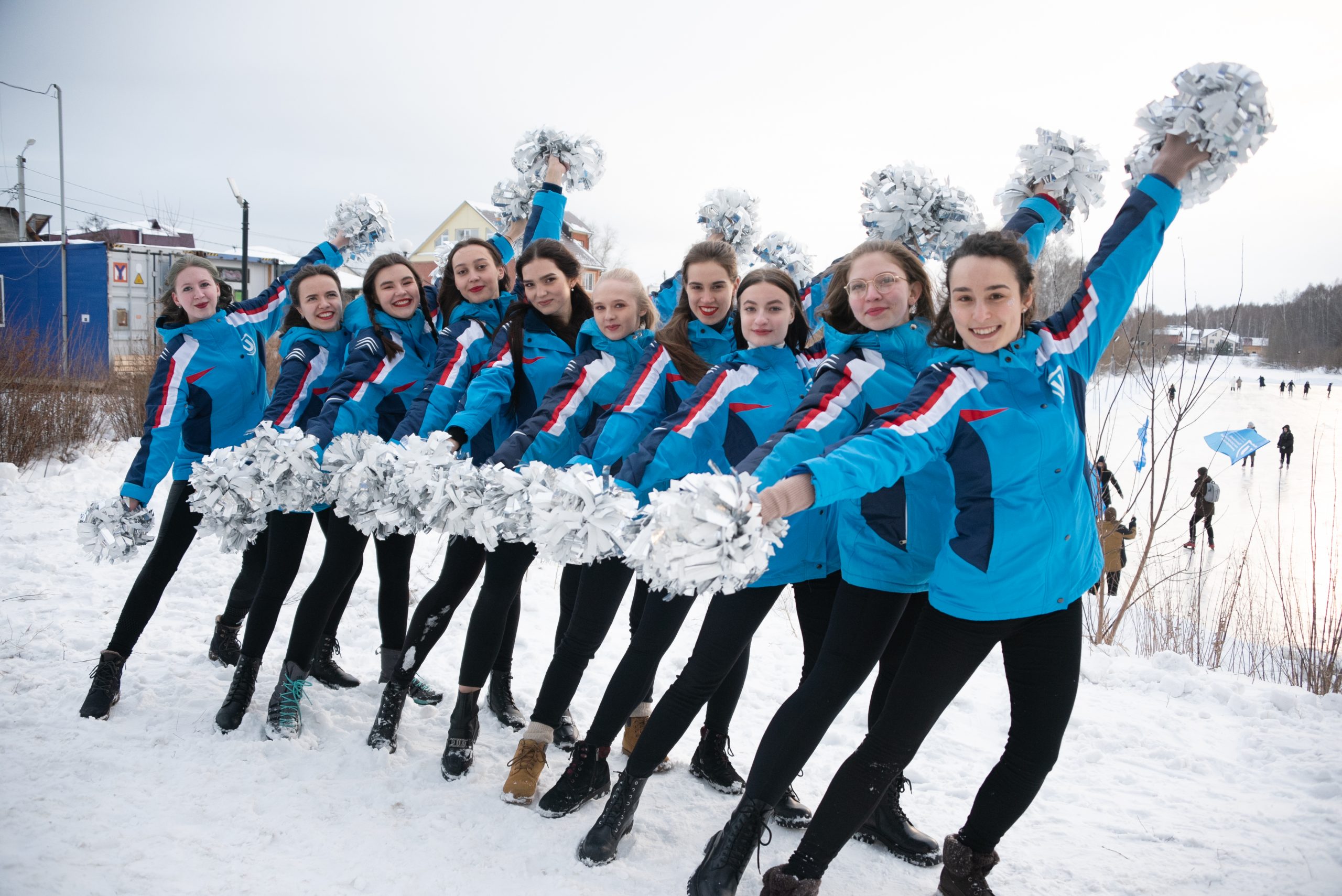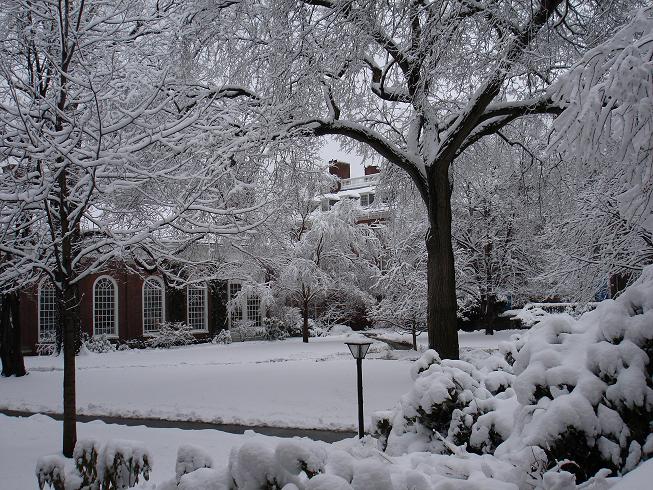Adam Lock: Associate Chair for Farm Operations, Michigan State University
“Buttergate”
- Home Page 111

Nuper editum
Last mystery reader… Mrs. Weber! We really love the dinosaur book! pic.twitter.com/0JUtouJVfL
— Jessica Hickey (@HickeyKdg) February 28, 2025
Our Year 4 boys have enjoyed making Victorian Portraits this morning as part of our Victorian topic! #HazlegroveYear4 #HazlegrovePrep #HazlegroveHistory pic.twitter.com/AjLrFKpl0z
— Academic Studies | Hazlegrove Prep (@HZG_Academic) March 1, 2025
Gwinnett Environmental & Heritage Center @MVESGainesville pic.twitter.com/7U4wo7X8YB
— Dawn Bishop (@dawn_bishop) February 28, 2025
K-2 Garden Club is off to a beautiful start! We can’t wait to have more fun in the dirt this spring!🌷🌿 ☀️@MVESGainesville @Hall_Schools @h2o3rdgrade @MrsRiley_MVES pic.twitter.com/6JQG2M2jHR
— Rebecca Bowman (@MrsBowman2MVES) February 28, 2025
5th Grade Field Trip to 30 Bowl in Fremont! Mr. Thayer taught the students how to bowl in PE class, and now they get to bowl at a real bowling alley! @YutanChieftains pic.twitter.com/okoEcKmhoO
— Katie Thompson (@mrsthompson05) February 28, 2025
The weekend is calling, but first… take a moment to read, organize, plan, smile and celebrate. pic.twitter.com/KP7u4ZzWVd
— 🍎Teacher Tee of the Library📚📖📒📝 (@TeacherTeeK_3) February 28, 2025
Audio/video, information & communication technology
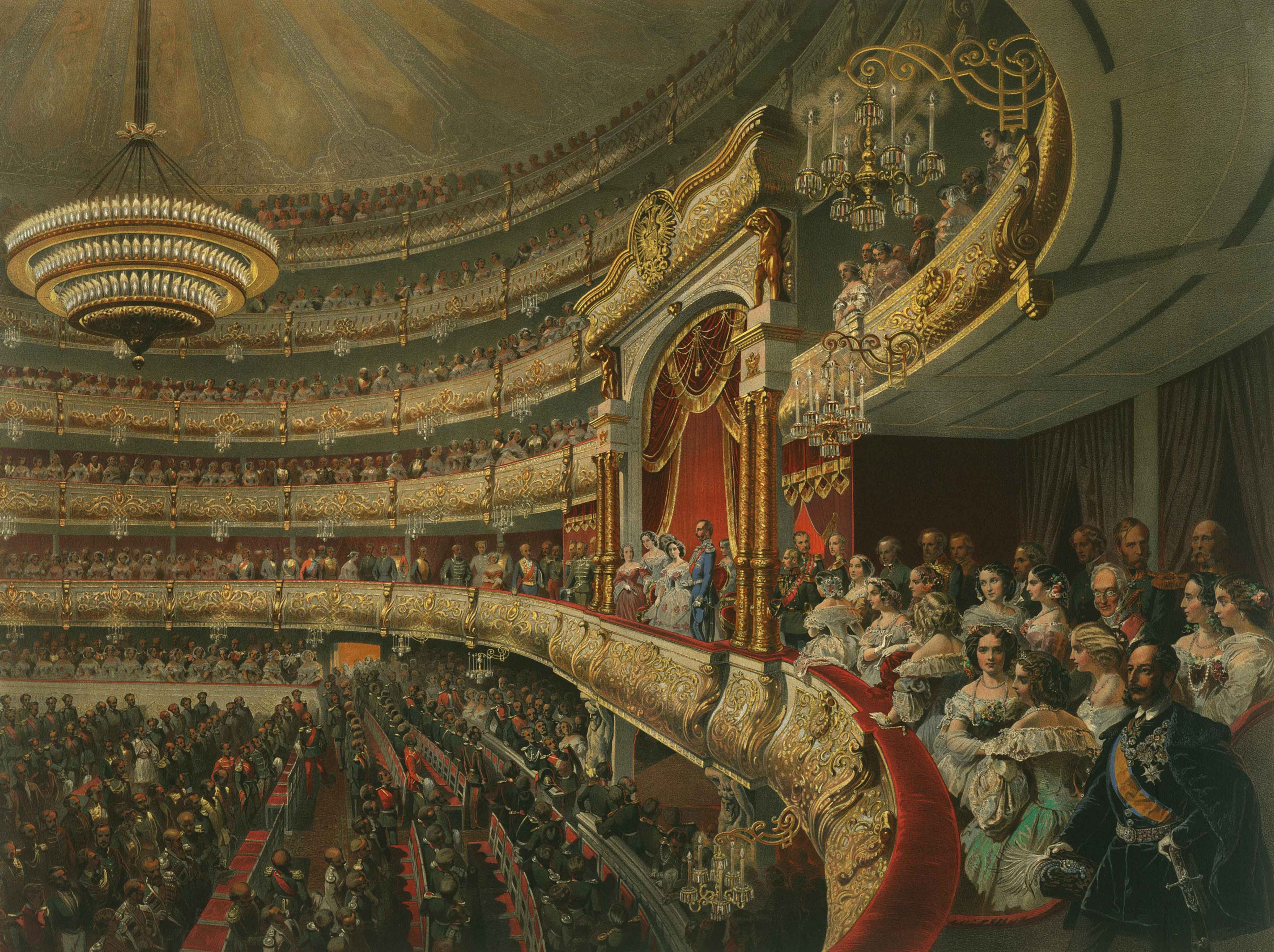
Performance in the Bolshoi Theatre Theateraufführung im Moskauer Bolschoi-Theater (Chromolithographie)
Even before the pandemic, massive open online curriculum, continued growth of consumer demand for “content” and the expansion of college and universities cultural and entertainment activity, drove our interest in the technologies that make it possible to produce and deliver “content” from facilities that are safe and sustainable.
As covered in our other Lively colloquia there are about 20 accredited standards developers that claim some part of this domain, or expanding their charter to meet the demand for best practice titles. To repeat: “Standards are the seed corn for compliance revenue. They fertilize the land for litigation.” These generally well-meaning organizations only invest in the administration of best practice discovery and promulgation if they see demand for conformance revenue in their future.
Education communities in every nation are also conformance organizations.
Cultural content discovery, creation and delivery depends heavily on electrotechnology.
The parent committee of the highest level of electrotechnology standardization in this domain world is International Electrotechnical Commission Technical Committee TC 108: Safety of electronic equipment within the field of audio/video, information technology and communication technology. Safety first. A committee with a similar sounding title, but a different scope is IEC TC 100 Audio, video and multimedia systems and equipment — the subject of a separate post*.
To paraphrase the IEC TC 108 Committee Scope Statement:
Horizontal safety function: Methods of measuring touch current and protective conductor current. This includes, for various types of equipment, methods of measurement of touch current with regard to physiological effects and of protective conductor current for installation purposes. The methods of measurement consider both normal conditions and certain fault conditions. Safety of equipment electrically connected to a telecommunication network
Group safety function:Audio, video and similar electronic apparatus – Safety requirements Audio/video, information and communication technology equipment and safety of remote power feeding.
According to its Strategic Business Plan, the need for standardization in this technology shows up in unexpected places such as 3-dimensional printing and wearable smart devices; both of which are of interest to faculty, students and the staff that supports the physical infrastructure.
The home page for the IEC public commenting facility is linked below:
We generally refer action in global electrotechnology standards to any one of several IEEE Societies and collaborate with the IEEE Education & Healthcare Facilities Committee (IEEE E&H). We also track and participate in the standards action of several trade associations that service some part of this space; all of whom are sensitive to the international electrotechnology standards action. Colleges and universities with federally funded facilities may need to be attentive to Trade Agreement Act matters when acquiring equipment of this nature.
As of this posting there are no Committee Draft Vote (CDV) documents released by TC 108 seeking public comment but we include it in our periodic scan of best practice literature. We generally refer to the tracking facility available with the IEEE E&H hosted on a University of Michigan server for educational purposes. IEEE E&H meets 4 times monthly European and American time zones.
We always encourage subject matter experts with front line experience planning, designing building, operating and maintaining these growing and complicated spaces. We recommend US-based experts contact Tony Zertuche, Director, International Policy and General Secretary, USNC/IEC (tzertuche@ansi.org).
United States National Committee of the International Electrotechnical Commission (USNC/IEC)
We renew our understanding of electrotechnology standards for Lively Arts at least once a month. See our CALENDAR. The IEEE Education & Healthcare Facilities Committee meets online every other Tuesday in both Central European time American time zones. Its meeting dates and login credentials are available on its home page.
Issue: [Various]
Category: Electrical, Infotech, Global, Lively Arts
Colleagues: Mike Anthony, Jim Harvey, Giuseppe Parise
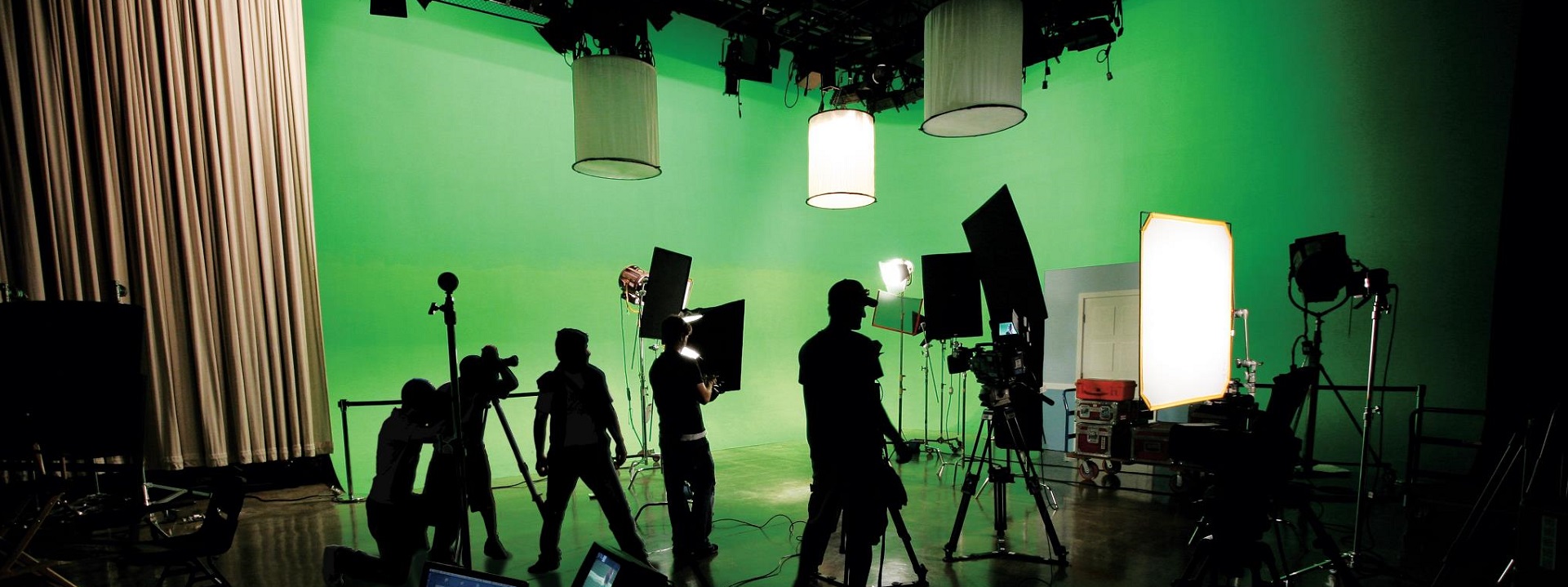
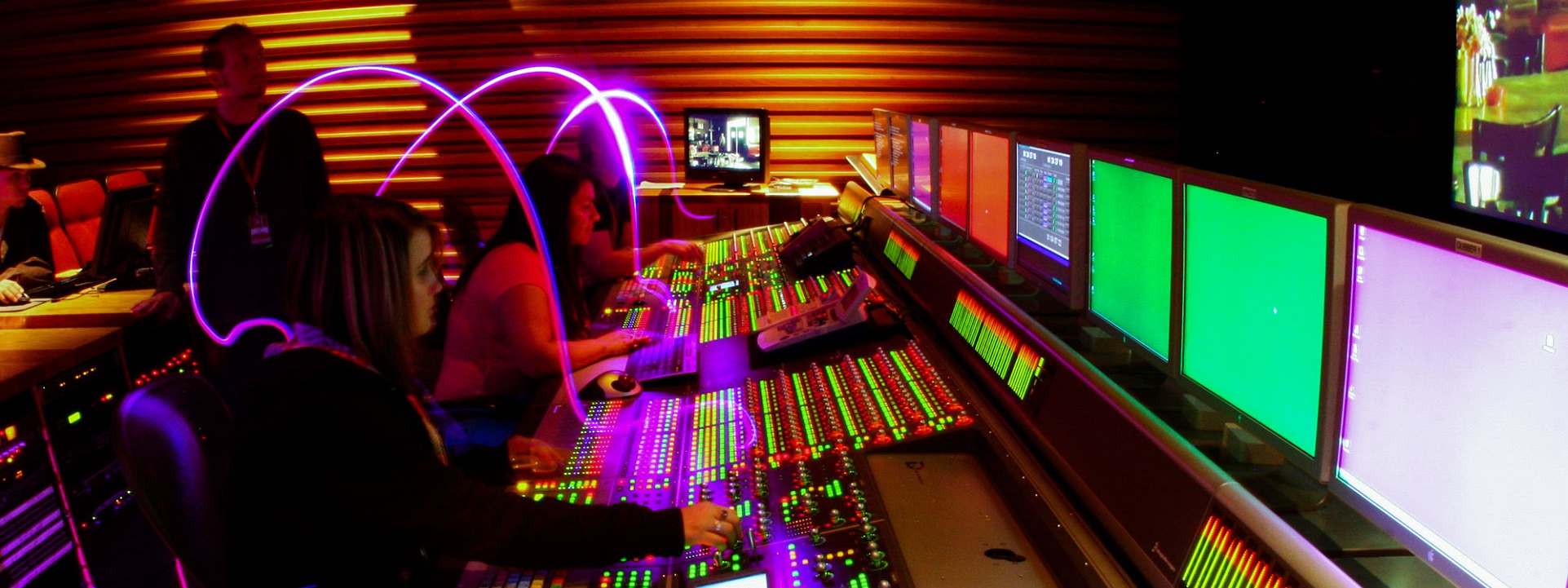
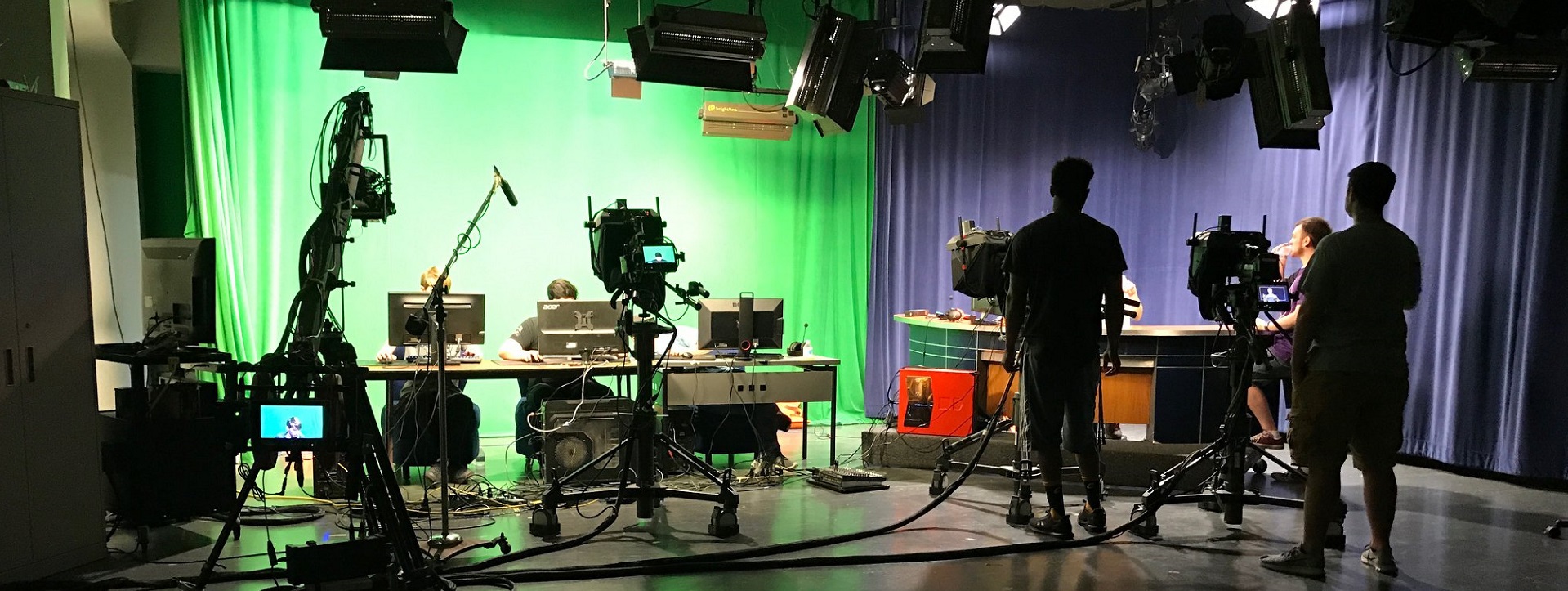
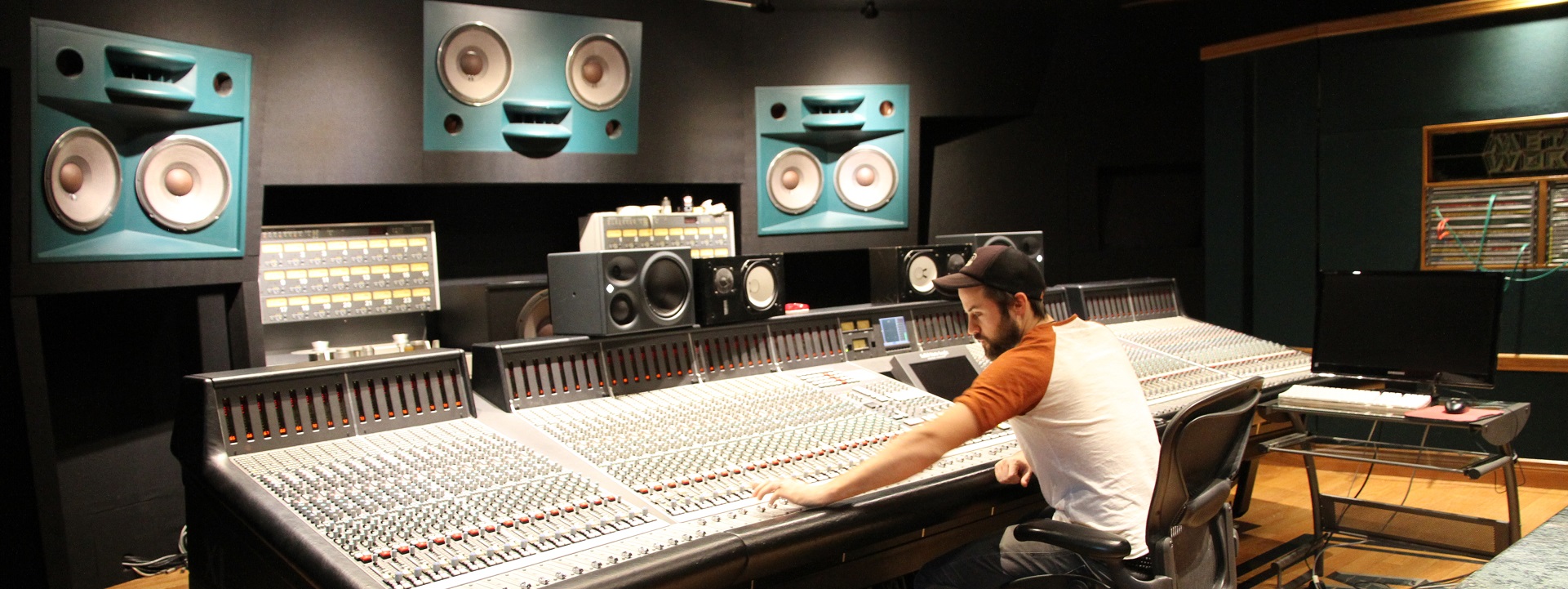
* Related work runs through ISO Technical Committee 36 .
Du froid
— Charles Louis de Secondat, Baron de La Brède et de Montesquieu
Heat tracing is a process used to maintain or raise the temperature of pipes and vessels in order to prevent freezing, maintain process temperature, or ensure that products remain fluid and flow through the system properly. Without electric heat tracing; much of the earth would be uninhabitable.
Heat tracing works by using an electric heating cable or tape that is wrapped around the pipe or vessel, and then insulated to help retain the heat. The heating cable is connected to a power source and temperature control system that maintains the desired temperature by regulating the amount of heat output from the cable. Heat tracing is commonly used in industrial applications where temperature control is critical, such as in chemical plants, refineries, and oil and gas facilities.
There are several types of heat tracing, including electric heat tracing, steam tracing, and hot water tracing, each of which have their own unique advantages and disadvantages. The selection of the appropriate type of heat tracing depends on the specific application and the required temperature range, as well as factors such as cost, maintenance, and safety considerations.
Heat Tracing for Piping Specification | NECA Standards (N.B. Link unstable)
2026 NEC CMP-17 Public Input Report | 2026 NEC CMP-17 Second Draft Report
Capturing snow flakes as the fall out of the sky
[📹 Dmitry Dotsenko / dots_foto]pic.twitter.com/e3rwNUGLmK
— Massimo (@Rainmaker1973) January 29, 2025
Today we review the literature for snow and ice management (and enjoyment) produced by these standards-setting organizations:
Accredited Snow Contractors Association
American Society of Civil Engineers
American Society of Mechanical Engineers
ASTM International
Destructive Deep Freeze Strikes Cold and Hot Regions Alike
Institute of Electrical & Electronic Engineers
Electrical Heat Tracing: International Harmonization — Now and in the Future
Indiana University.
The most beautiful college campus in the country covered in snow. pic.twitter.com/Tp33cQgKuq
— Alex Paul Photo (@alexpaulphoto) January 11, 2025
International Code Council
International Building Code: Chapter 15 Roof Assemblies and Rooftop Structures
National Electrical Contractors Association
National Fire Protection Association
Winter is Coming: Is Your Facility Protected? (Holly Burgess, November 2022)
National Electrical Code: Articles 426-427
National Floor Safety Institute
Snow and Ice Management Association
Underwriters Laboratories
Manufacturers:
Chromalox Electrical Heat Tracing Systems Design Guide
It is a surprisingly large domain with market-makers in every dimension of safety and sustainability; all of whom are bound by state and federal regulations.
Join us at 16:00 UTC with the login credentials at the upper right of our home page.
Red surely made the most of his snow day! 🛷 ☃️
Who’s team snow on campus? ❄️ pic.twitter.com/F03KX1XyaR
— The Catholic University of America (@CatholicUniv) January 14, 2025
There have been several recent innovations that have made it possible for construction activity to continue through cold winter months. Some of the most notable ones include:
- Heated Job Site Trailers: These trailers are equipped with heating systems that keep workers warm and comfortable while they take breaks or work on plans. This helps to keep morale up and prevent cold-related health issues.
- Insulated Concrete Forms (ICFs): ICFs are prefabricated blocks made of foam insulation that are stacked together to form the walls of a building. The foam insulation provides an extra layer of insulation to keep the building warm during cold winter months.
- Warm-Mix Asphalt (WMA): WMA is a type of asphalt that is designed to be used in colder temperatures than traditional hot-mix asphalt. This allows road construction crews to work through the winter months without having to worry about the asphalt cooling and becoming unusable.
- Pneumatic Heaters: These heaters are used to warm up the ground before concrete is poured. This helps to prevent the concrete from freezing and becoming damaged during the winter months.
- Electrically Heated Mats: These mats are placed on the ground to prevent snow and ice from accumulating. This helps to make the job site safer and easier to work on during the winter months.
Overall, these innovations have made it possible for construction crews to work through the winter months more comfortably and safely, which has helped to keep projects on schedule and minimize delays.
Somewhat related:
Capturing snow flakes as the fall out of the sky
[📹 Dmitry Dotsenko / dots_foto]pic.twitter.com/e3rwNUGLmK
— Massimo (@Rainmaker1973) January 29, 2025
Map showing what states can actually drive in snow pic.twitter.com/qgKEhLtKbr
— Midwest vs. Everybody (@midwestern_ope) February 7, 2025
Heat Tracing Installation
One of the core documents for heat tracing is entering a new 5-year revision cycle; a consensus standard that is especially relevant this time of year because of the personal danger and property damage that is possible in the winter months. Education communities depend upon heat tracing for several reasons; just a few of them listed below:
- Ice damming in roof gutters that can cause failure of roof and gutter structural support
- Piping systems for sprinkler systems and emergency power generation equipment
- Sidewalk, ramp and stairway protection
IEEE 515 Standard for the Testing, Design, Installation, and Maintenance of Electrical Resistance Trace Heating for Industrial Applications is one of several consensus documents for trace heating technology. Its inspiration originates in the petrochemical industry but its principles apply to all education facilities exposed to cold temperature and snow. From its prospectus:
This standard provides requirements for the testing, design,installation, and maintenance of electrical resistance trace heating in general industries as applied to pipelines, vessels, pre-traced and thermally insulated instrument tubing and piping, and mechanical equipment. The electrical resistance trace heating is in the form of series trace heaters, parallel trace heaters, and surface heating devices. The requirements also include test criteria to determine the suitability of these heating devices utilized in unclassified (ordinary) locations.
Its principles can, and should be applied with respect to other related documents:
National Electrical Code Article 427
NECA 202 Standard for Installing and Maintaining Industrial Heat Tracing Systems
IEC 62395 Electrical resistance trace heating systems for industrial and commercial applications
ASHRAE 90.1 Energy Standard for Buildings Except Low-Rise Residential Buildings
We are happy to explain the use of this document in design guidelines and/or construction specifications during any of our daily colloquia. We generally find more authoritative voices in collaborations with the IEEE Education & Healthcare Facilities Committee which meets 4 times per month in Europe and in the Americas. We maintain this title on the standing agenda of our Snow & Ice colloquia. See our CALENDER for the next online meeting.
Issue: [18-331]
Colleagues: Mike Anthony, Jim Harvey, Kane Howard
Category: Electrical, #SmartCampus
LEARN MORE:
Good Building Practice for Northern Facilities
Snow Load
SNOW LOADS: GUIDE TO THE SNOW LOAD PROVISIONS OF ASCE 7-10
Library of Congress 2010 Edition
A tool for removing the snow from a roofpic.twitter.com/bYyVMrJZKD
— Massimo (@Rainmaker1973) January 27, 2025
Building Construction in Cold Weather
Much of our assertion that building construction in education communities resembles a perpetual motion machine rests upon innovation in a broad span of technologies that is effectively weather resistant; that along with development of construction scheduling. Today at 16:0 UTC we review the technical, management and legal literature that supports safe and sustainable construction,
1. Cold-Weather Concrete Technology
-
- Accelerating Admixtures: These are chemical additives that speed up the curing process of concrete, allowing it to set even in low temperatures.
- Heated Concrete Blankets: Electric blankets that maintain a consistent temperature around freshly poured concrete.
- Hot Water Mixing: Using heated water during the mixing process to ensure that concrete maintains the proper temperature for curing.
- Air-Entrained Concrete: Helps resist freeze-thaw cycles by creating tiny air pockets in the concrete.
2. Temporary Heating Solutions
-
- Portable Heaters: Diesel, propane, or electric heaters used to maintain a warm environment for workers and materials.
- Enclosed Workspaces: Temporary enclosures (tents or tarps) around construction areas retain heat and shield against snow and wind.
3. Advanced Building Materials
-
- Cold-Weather Asphalt: Modified asphalt that can be laid at lower temperatures.
- Pre-fabricated Components: Factory-assembled parts (walls, beams) that reduce on-site work in harsh conditions.
4. Insulation Techniques
-
- Insulated Tarps and Blankets: Used to cover construction materials and newly laid concrete to prevent freezing.
- Frost-Protected Shallow Foundations: Insulation techniques to keep ground temperatures stable and prevent frost heave.
5. Ground Thawing Technologies
-
- Hydronic Ground Heaters: Circulate heated fluid through hoses laid on frozen ground to thaw it before excavation or foundation work.
- Steam Thawing: Direct steam application to melt snow or thaw frozen soil.
6. Lighting Solutions
-
- High-Intensity LED Lights: Compensate for reduced daylight hours to ensure safe and efficient work conditions.
7. Weather-Resistant Machinery
-
- Winterized Equipment: Construction equipment with heated cabins, antifreeze systems, and enhanced traction for icy conditions.
8. Workforce Adaptations
-
- Cold-Weather Gear: Heated clothing, gloves, and footwear keep workers safe and productive.
- Modified Work Schedules: Shorter shifts or daytime-only work to limit exposure to extreme cold.
9. Snow and Ice Management
-
- Deicing Solutions: Chemical deicers and mechanical snow-removal equipment keep work areas safe and accessible.
- Heated Surfaces: Embedded heating systems in ramps or entryways prevent ice buildup.
The Occupational Safety and Health Administration does not have a specific regulation solely dedicated to building construction in cold winter weather. However, several OSHA standards and guidelines are applicable to address the hazards and challenges of winter construction work. These regulations focus on worker safety, protection from cold stress, proper equipment use, and general site safety. Key applicable OSHA regulations and guidance include:
1. Cold Stress and Temperature Exposure
- General Duty Clause (Section 5(a)(1)): Employers are required to provide a workplace free from recognized hazards likely to cause death or serious physical harm. This includes addressing cold stress hazards, such as hypothermia, frostbite, and trench foot.
- OSHA Cold Stress Guide: OSHA provides guidance on recognizing, preventing, and managing cold stress but does not have a specific cold stress standard.
2. PPE (Personal Protective Equipment)
- 29 CFR 1926.28: Requires employers to ensure the use of appropriate personal protective equipment.
- 29 CFR 1910.132: General requirements for PPE, including insulated gloves, boots, and clothing to protect against cold weather.
3. Walking and Working Surfaces
- 29 CFR 1926.501: Fall Protection in Construction. Ice and snow can increase fall risks, so proper precautions, including removal of hazards and use of fall protection systems, are required.
- 29 CFR 1926.451: Scaffolding. Specific safety measures must be implemented to ensure stability and secure footing in icy conditions.
4. Snow and Ice Removal
- Hazard Communication Standard (29 CFR 1910.1200): Ensures workers are informed about hazards related to de-icing chemicals or other substances used in winter construction.
5. Powered Equipment
- 29 CFR 1926.600: Equipment use, requiring machinery to be properly maintained and adjusted for cold-weather operations, including anti-freeze measures and winterization.
6. Excavations and Frost Heave
- 29 CFR 1926.651 and 1926.652: Excavation standards. Frozen ground and frost heave pose additional risks during trenching and excavation activities.
7. Temporary Heating
- 29 CFR 1926.154: Requirements for temporary heating devices, including ventilation and safe usage in confined or enclosed spaces.
8. Illumination
- 29 CFR 1926.56: Lighting standards to ensure sufficient visibility during reduced daylight hours in winter.
9. Emergency Preparedness
- First Aid (29 CFR 1926.50): Employers must ensure quick access to first aid, especially critical for treating cold-related illnesses or injuries.
10. Hazard Communication and Training
- 29 CFR 1926.21(b): Employers must train employees on recognizing winter hazards, such as slips, trips, falls, and cold stress.
By following these OSHA standards and implementing additional best practices (e.g., scheduling breaks in heated shelters, providing warm beverages, and encouraging layered clothing), employers can ensure a safer construction environment during winter conditions.
Related:
Electrical heat tracing: international harmonization-now and in the future
Solar Panels on Roofs Only
This content is accessible to paid subscribers. To view it please enter your password below or send mike@standardsmichigan.com a request for subscription details.
New update alert! The 2022 update to the Trademark Assignment Dataset is now available online. Find 1.29 million trademark assignments, involving 2.28 million unique trademark properties issued by the USPTO between March 1952 and January 2023: https://t.co/njrDAbSpwB pic.twitter.com/GkAXrHoQ9T
— USPTO (@uspto) July 13, 2023
Standards Michigan Group, LLC
2723 South State Street | Suite 150
Ann Arbor, MI 48104 USA
888-746-3670



